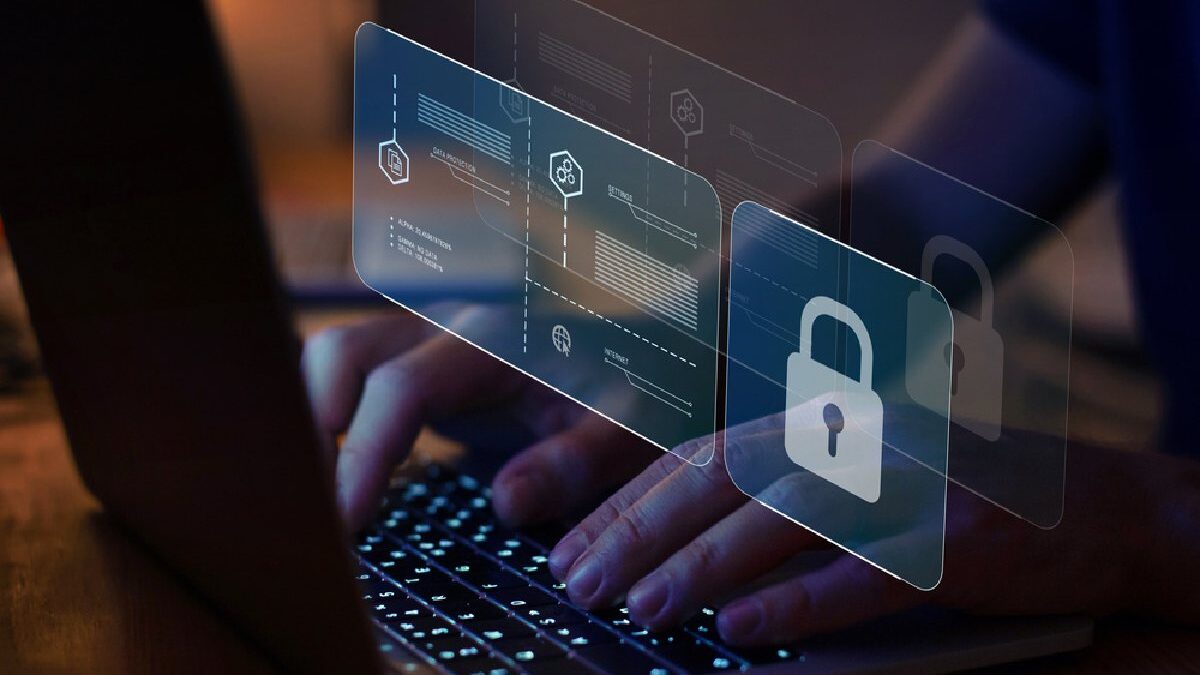In today’s digital era, many organizations and businesses are conducting their operations online via the internet. However, doing so makes them vulnerable to cyberattacks. This is why a powerful cybersecurity solution is essential. But first, understand what cyberattacks are.
Cyberattacks are the intentional exploitation of your network and systems to compromise, leak, steal, or hold your data hostage. According to Forbes, small businesses are more likely to encounter data breaches than large companies.
This is likely because most small businesses don’t have robust cybersecurity. Even if they have one, it probably has not undergone regular upkeep, allowing cybercriminals to break through without a single drop of sweat.
However, this doesn’t make large companies safe against such malicious attacks. Cyberattacks tend to evolve as fast as technology, allowing hackers to break through advanced security protocols such companies use.
If you’re looking for ways to secure your data, consider checking out Rubrik.com or other similar providers online. They can help you create an effective cybersecurity solution and a data recovery plan in case a disaster strikes.

Table of Contents
What Are The Types Of Cyberattacks?
Common types of cyberattacks include the following:
Phishing Attacks
Phishing is becoming more and more frequent these days. This works by sending emails pretending to be from a trustworthy source to lure potential victims and encourage them to reveal their personal information (e.g., card numbers, passwords, usernames, etc.)
Denial-Of-Service Attacks
Denial-of-service (DoS) attacks are designed to shut down a system or a network, preventing intended users from accessing it. This can be done by flooding the target system with unusual traffic or by processing a request that could trigger a crash.
Ransomware Attacks
Cybercriminals use ransomware to hold your data hostage until you provide the ransom they demand. Since ransomware is too common and is evolving as rapidly as technology, understanding ransomware recovery may benefit you when a disaster strikes.
Man-In-The-Middle Attacks
Man-in-the-middle (MITM) refers to a cybercriminal positioned in an interaction between an application and a client. MITM attackers can eavesdrop or pretend to be one of the parties to steal personal information, such as account details or login credentials.
SQL Injection
SQL injection (SQLi) is a type of cybersecurity vulnerability that allows cybercriminals to intervene with the requests made within an application. With this, attackers can view, modify, or retrieve sensitive data they shouldn’t have in the first place.
Rootkits
A rootkit is malicious software hackers use to access a private system or network and gain control over a particular device. Also, it allows cybercriminals to remain hidden throughout the process while being active.
These are the most common forms of cyberattacks hackers use to infiltrate a system or network. Others include password, zero-day vulnerability, cross-site scripting, and internet-of-things attacks.
Failure to prevent these attacks may cost you thousands or millions of dollars—and temporary or permanent business closure.
What Are The Ways To Prevent Cyberattacks?
Now that you understand the different forms of cyberattacks and the risk they carry, it’s time to learn the countermeasures to keep them at bay. Here are some of the most effective ways that may help you prevent cyberattacks from infiltrating your system:
Train Your Employees
Cybercriminals may penetrate your system through your employees. They might send emails purporting someone in your organization to ask for personal information or access a particular document.
To an untrained eye, such fraudulent emails and links may seem legitimate. That’s why training your employees is essential.
Training your employees is one of the most effective ways to prevent cybercriminals from entering your system.
Teach them how to
- Verify emails and links before clicking them.
- Verify email addresses.
- Make use of common sense about emails that seem odd. Try to contact the person in question before taking action.
You may schedule a seminar to teach your employees all they need to know about system hacking and data breach. Since cyberattacks evolve day by day, it’d be best to do the training monthly to stay updated with all the trends regarding cybersecurity.
Keep Your Software Updated
Oftentimes, attacks occur because a particular network, software, or system isn’t up to date. Cybercriminals may take advantage of your system’s vulnerability to carry out their attacks and gain control over your system. Once they’ve made their way in, it’s too late to prevent them.
To avoid such circumstances, you might want to consider using patch management systems to manage all your system updates. Doing so will help keep your system resilient to any kind of cyberattacks and up to date.
Implement Endpoint Security
Endpoint security protects systems and networks connected to devices. For example, if you can access your company files through your mobile device, endpoint security can ensure that file sharing between devices won’t harm your system.
Endpoint security ensures that endpoints (e.g., mobile devices, tablets, laptops, and other connected devices) are protected from cybercriminals that may use them to bypass your system.
Use A Firewall
Installing a firewall is one of the most surefire ways to protect your system and network against cyberattacks. It can block forced attacks and prevent them from damaging your system. You may ask your IT department whether your system has a firewall. If your system doesn’t have one, install one as soon as possible.
Back Up Your Data
When a disaster strikes and all your data are held hostage, you have no choice but to stop your operations until the problem is resolved. This situation can be avoided if you’re able to back up all your data before a disaster occurs.
Backing up your data can prevent or reduce system downtime, severe data loss, and serious financial loss. It’d be best to back up your data regularly every 24 hours to ensure that even newly registered information won’t be lost when a disaster strikes.
Optimize Your Passwords
Never use similar passwords for all your accounts. Also, don’t use easy-to-guess passwords like cellphone numbers, birthdays, and favorite numbers. You need them to be as complicated as possible to ensure no one can guess them in the blink of an eye.
You may combine uppercase and lowercase letters, and add special characters—such as asterisks, exclamation points, and question marks—to create a formidable password.
Final Thoughts
Cyberattacks are becoming more complicated and diverse every day—thanks to the dedication of many cybercriminals who made them possible. To prevent them, you need to pay attention closely to your system. You want to make sure that everything is updated, barriers are up, and backups are in place. This will help your company keep cyberattacks at bay.
Also Read:
How To Choose The Best Tech Gadgets
The Best Video Gaming Controllers For Different Systems

